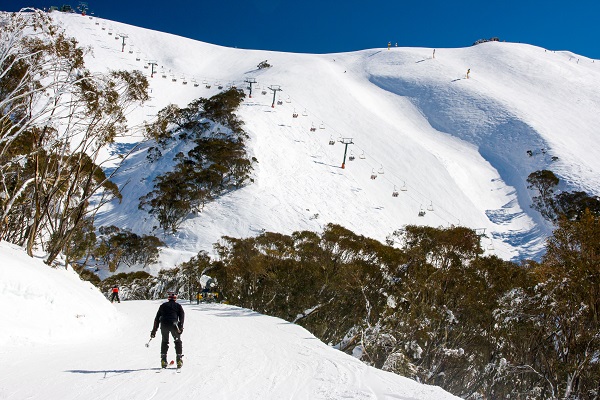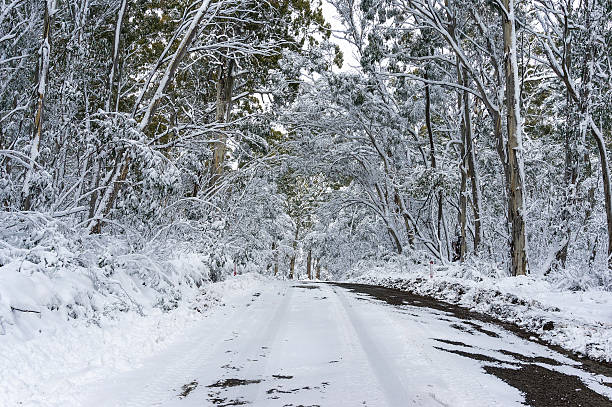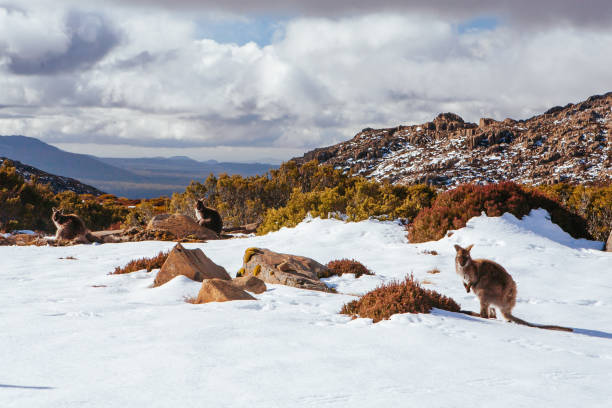Visit the Best Ski Resorts and Snowy Destinations for Snow In Australia
Visit the Best Ski Resorts and Snowy Destinations for Snow In Australia
Blog Article
Discover the Interesting Results of Snow in Australia on Neighborhood Communities
In spite of its reputation for sun-soaked landscapes, Australia likewise flaunts areas blanketed by snow-- a phenomenon that exceptionally affects the nation's special ecological communities. The protecting homes of snowflakes shield plants and fauna amidst the chilliest winter seasons, while the melting snow supports rivers and water life. The real wonder lies in exactly how these chilly problems shape the nation's biodiversity and nutrient cycles. As we unwind this elaborate partnership, we find ourselves walking on unexplored premises in Australia's high nation.
The Unforeseen Regions of Snowfall in Australia
Although Australia is commonly linked with sun-scorched landscapes and sandy coastlines, particular regions remarkably experience snowfall. The high country regions of New South Wales, Victoria, and Tasmania are especially recognized for their winter snow. The Snowy Hills in NSW, as an example, receive bountiful seasonal snow, using a raw contrast to the country's common hot, dry environment. The Victorian Alps and components of Tasmania likewise see yearly snowfalls, changing the landscape into a winter season wonderland. These locations are not simply abnormalities but integral components of Australia's varied environment system. The visibility of snow in these areas considerably influences neighborhood ecological communities, ultimately impacting the nation's one-of-a-kind biodiversity. Nonetheless, the certain effect on Australia's distinct vegetation will be discussed in the following section.

Exactly How Snow Impacts Australia's Special Plants
These plants have actually progressed to survive in severe problems, with snow offering as a protective covering from harsh winds and freezing temperature levels. The snow likewise adds to the moisture content of the soil, providing required hydration for plant life throughout the completely dry summer months. In significance, the snow influences the timing of flowering and seed dispersal, the development prices, and the survival of many plant types, showcasing the elaborate interaction in between environment and flora in Australia.

The Adaptations of Australian Fauna to Snowfall
Just as Australia's plants has actually adapted to the wintery problems, the neighborhood fauna as well, show exceptional adaptations to the snowfall. It makes use of the snow as insulation, hibernating in rock crevices below the snow to stay cozy. The Snow Skink, a species of reptile, transforms its colour to white during winter, giving camouflage against killers.
The Duty of Snow fit Neighborhood Environments
In forming the local ecosystems, the duty of snow in Australia is both multilayered and extensive. It affects the circulation of plants and fauna, largely defining the biodiversity of sub-alpine and alpine areas. Snow provides an important water source, feeding rivers and reservoirs as it melts, hence sustaining a selection of marine life types. Furthermore, snow acts as an insulator, protecting ground-dwelling organisms from extreme cold. Likewise, it plays my sources a considerable role in soil development and nutrient biking. The periodic cold and thawing of dirt caused by snowfall promotes the malfunction of rocks, enhancing soil fertility. The existence of snow forms the greenery patterns, pet behavior, and total sustainability of Australia's one-of-a-kind ecological communities.

The Future of Snowfall in Australia: Ramifications and forecasts

Provided the vital function snow plays fit neighborhood ecological communities, the future of snowfall in Australia is attracting increasing interest from scientists and my latest blog post ecologists. Existing climate versions anticipate a substantial reduction in snowfall due to international warming, with potentially extensive influence on regional ecosystems. Much less snow can lead to reduced water accessibility in alpine areas, detrimentally influencing wild animals habitats and plant life. It can modify the timing of seasonal adjustments, disrupting the life cycles of many native types. The tourism sector, heavily dependent on the winter months snow season, might likewise deal with significant challenges. Recognizing these predictions and their implications is important to create effective preservation strategies, making sure the preservation of Australia's one-of-a-kind biodiversity and the sustainability of its economic situation.
Conclusion
The duty of snow in Australia's ecological communities is essential yet typically forgotten. Thus, the snow in useful site Australia is extra than an all-natural phenomenon; it's an important gamer in the country's environmental narrative.
In spite of its online reputation for sun-soaked landscapes, Australia likewise boasts areas buried by snow-- a sensation that exceptionally affects the country's one-of-a-kind environments. It makes use of the snow as insulation, hibernating in rock gaps underneath the snow to remain warm - Snow In Australia.In forming the regional ecological communities, the function of snow in Australia is both multilayered and profound. The presence of snow shapes the vegetation patterns, pet actions, and overall sustainability of Australia's unique ecological communities
Offered the critical role snow plays in forming local environments, the future of snowfall in Australia is drawing raising focus from conservationists and researchers.
Report this page